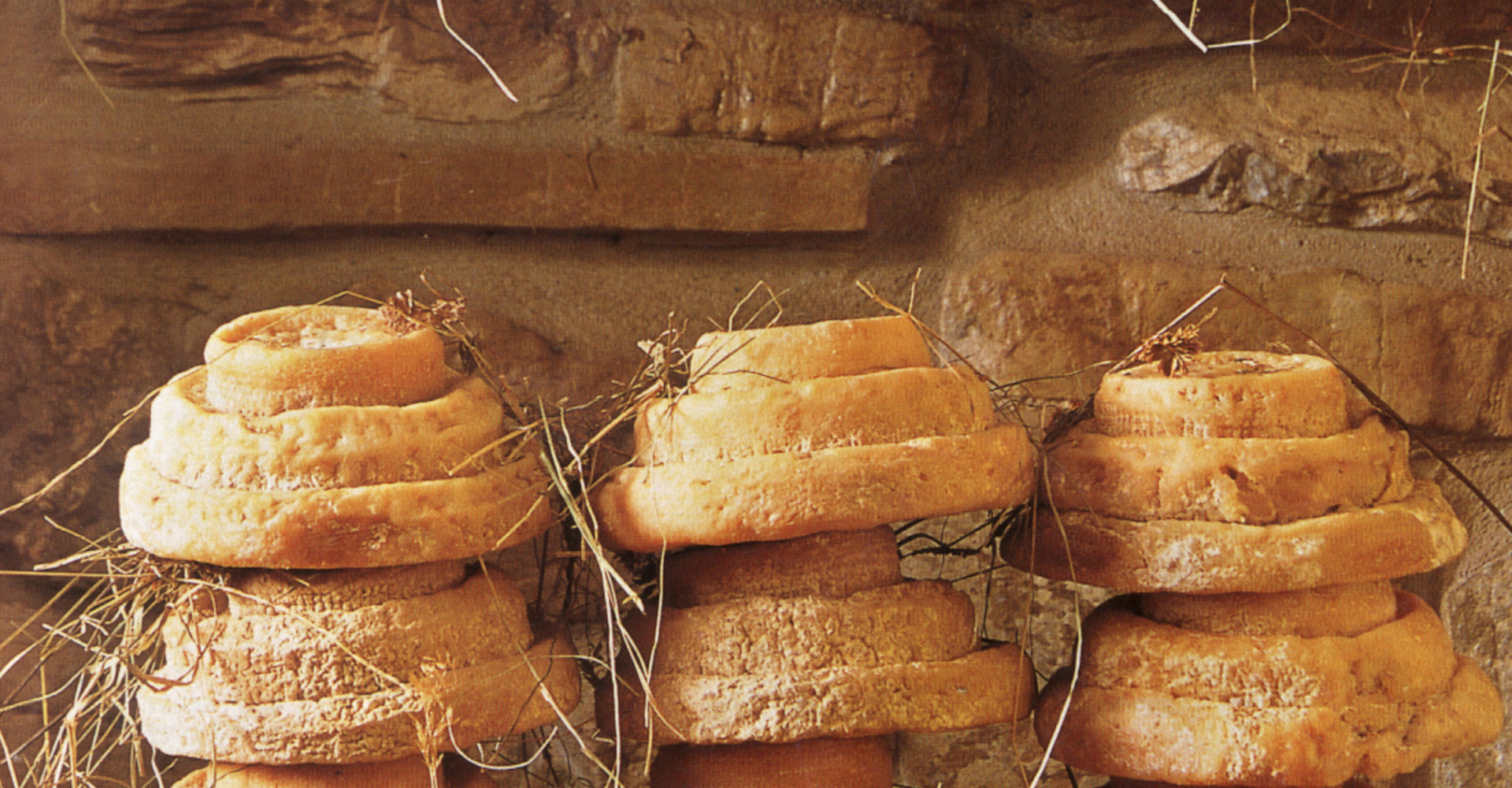
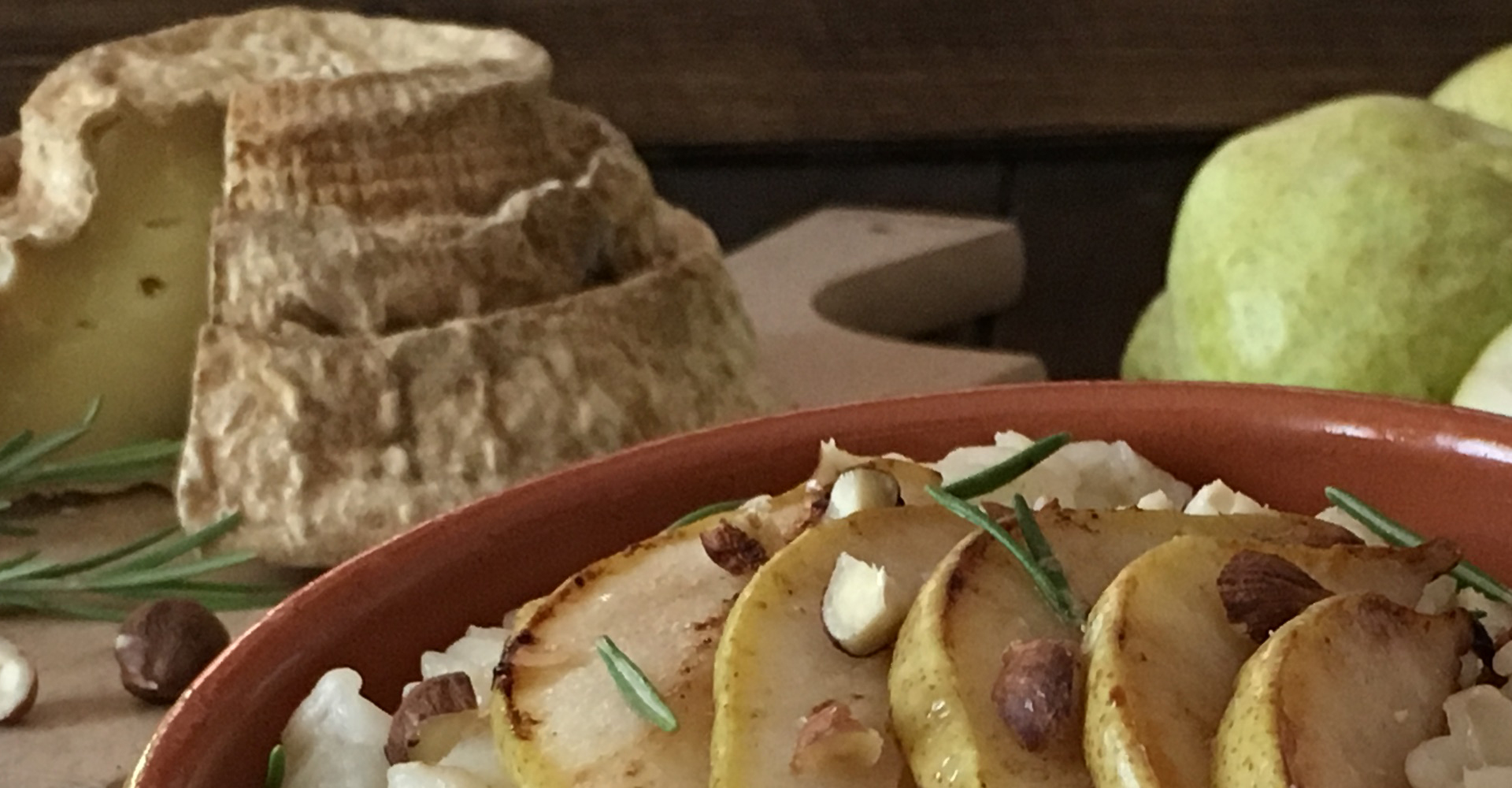
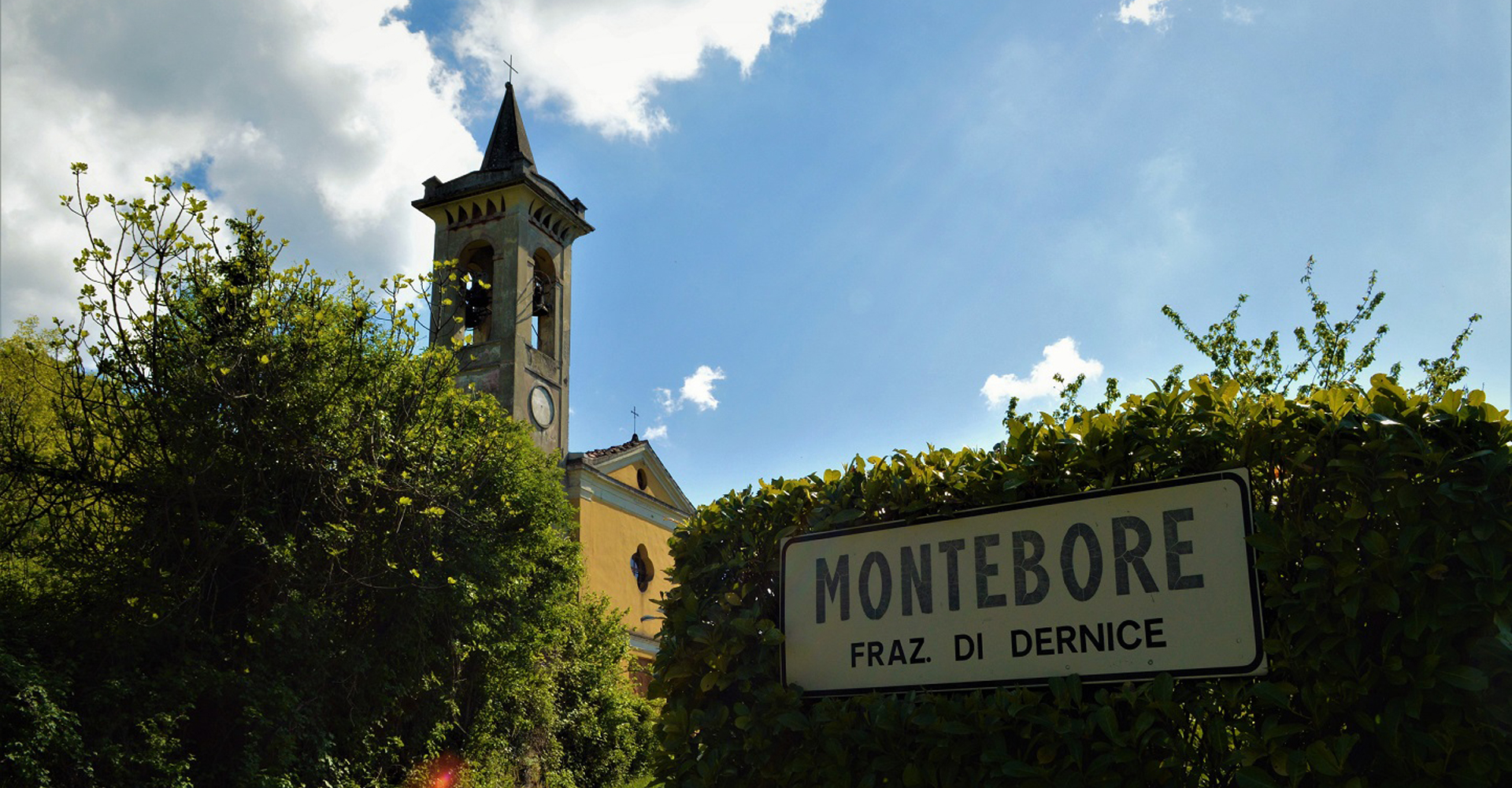
The history of Montebore
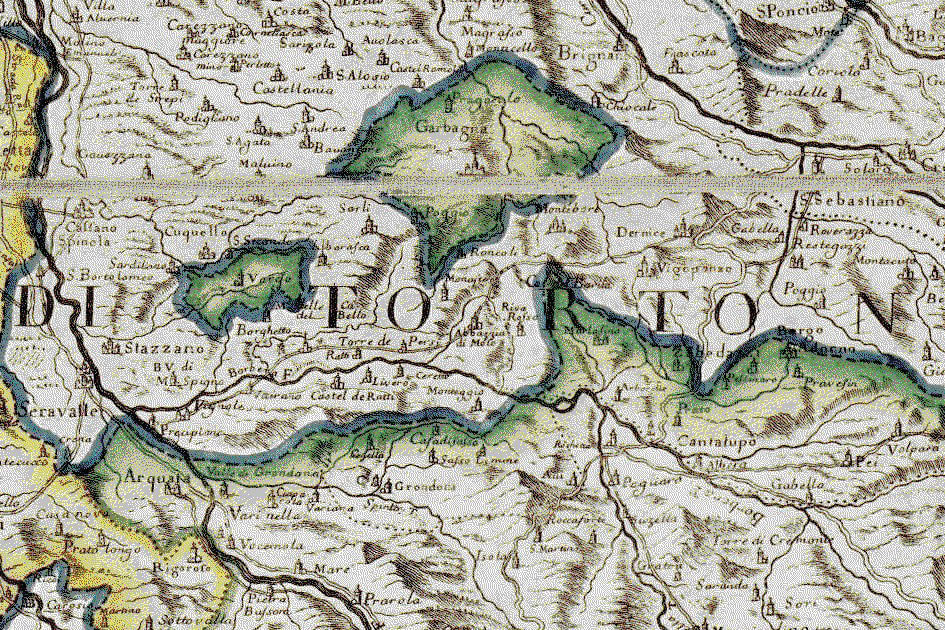
Historical documents testify that already in the twelfth century a rich man from Tortona sent “as many as fifty pieces as a gift to a high prelate to advocate the promotion of his brother priest” and at the end of the fifteenth century Montébore is the only cheese on the menu of the sumptuous wedding held in Tortona, between Isabella of Aragon, daughter of Alfonso, and Gian Galeazzo Sforza, son of the Duke of Milan.
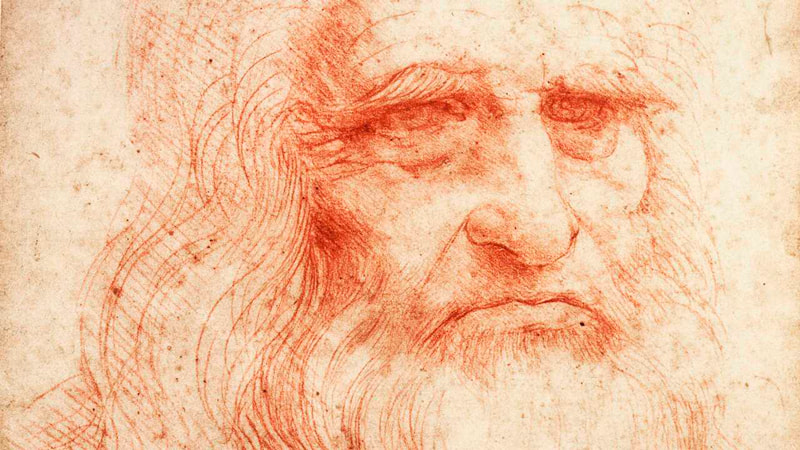
The curious shape of Montébore wedding cake is attributed to Leonardo da Vinci who was the master of ceremonies of that wedding.
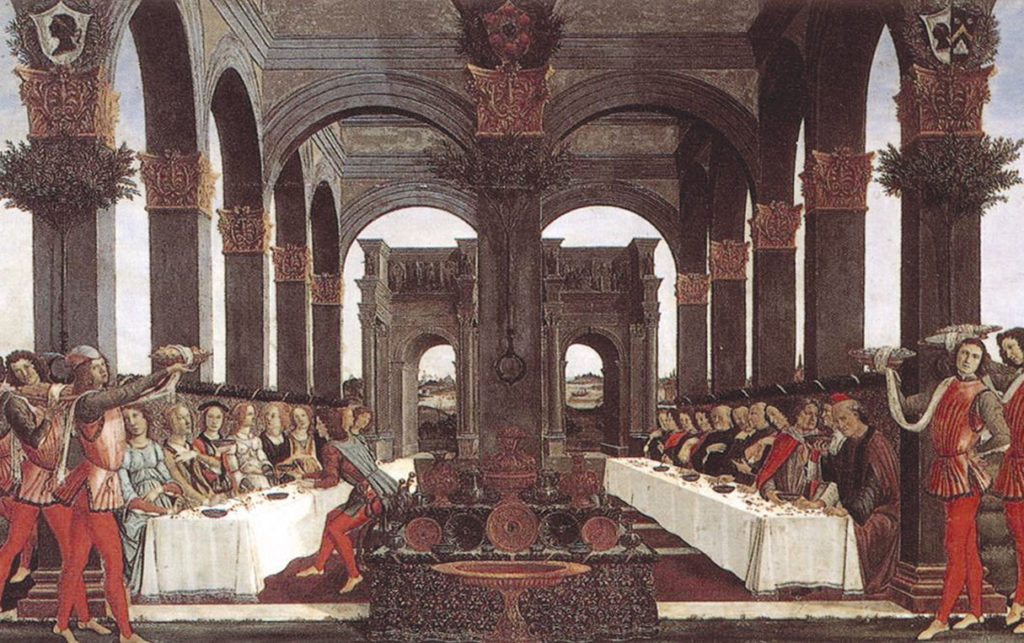
This illustrious history continues and reaches the first half of the twentieth century when about 1200 kilos are still produced every year, then the war depopulates these hills and the productions linked to agriculture begin to decline, disappearing almost completely at the end of the event. war and with the “flight” towards the plain and the more industrialized areas.
For centuries produced and exported to Genoa and Lombardy, all traces of it had been lost.
The recovery of recent history
In 1997, with a careful Supply Chain Project, it was possible to recover the ancient product and today Montébore cheese has been literally “resurrected” and can be appreciated as it once was.
Through careful research in the design phase, Montebore was literally “resurrected”, thanks to some elderly ladies from the Montebore and Calvadi area, the two hamlets of Dernice, where the last depositories of the traditional dairy technique, had kept the “knowledge” of ancient cheese-making of robiolina in three layers, similar to a tower.
As part of the project, through their experience and the collaboration of the Moretta Dairy Institute and the Faculty of Agriculture of the University of Turin, the dairy technique was reconstructed with comparative cheeses between the milk of the “three species” – bovine, sheep, goat – and with the help of sensory analysis that has brought this cheese back to its ancient flavor.
Thanks to the initiative of two young producers (which later became the Valle Nostra Agricultural Cooperative), in 1999 Montebore, presented at the “Cheese” show in its total world production of 7 wheels, attracted the attention of the specialist press from the five continents.
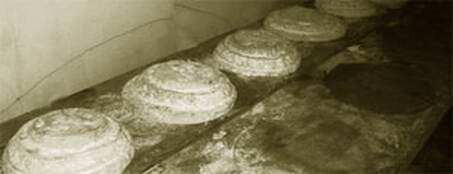
A well-deserved fame, moreover, for the originality of this uniquely shaped raw milk cheese (a truncated cone with steps modeled on the ruins of the castle of “Folchetto Malaspina” in Montebore: the “castellino”, in fact) and with an ancient flavor , which can be enjoyed fresh, semi-seasoned or grated.
Finally, in the spring of 2001 the Project was concluded with the definition of the “production specification”, the establishment of the Consortium for the Protection with some local milk producers, the filing of the “Collective Quality Mark”, and through the launch of first transformations, Montebore cheese is reborn.
